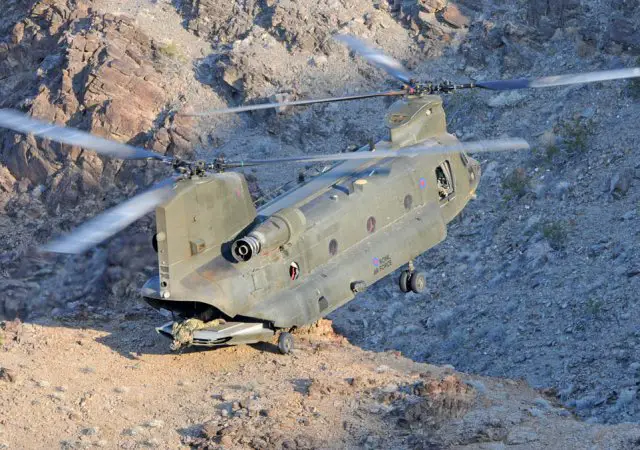
This provides a very precise relative solution between two moving platforms. The benefits of using SPAN's relative positioning algorithm stems from taking advantage of NovAtel's ALIGN relative positioning solution. A total of 16 fully autonomous landings and 13 fully autonomous takeoff/departures were performed with the flight crew closely monitoring the controls and the aircraft position when in close proximity to the deck. This ULB maritime flight test initiative demonstrated the accuracy of the navigation solution, as well as the integration of the navigation solution with the automated flight control system on the Boeing H-6U Unmanned Little Bird. Ensure the helicopter's coordinate error follow the ship's coordinate error to minimize coordinate updates difference.Determine continuously precise and accurate relative positioning and attitude solution of the helicopter and the ship.Solve the initial GNSS/INS alignment problem (on ship and helicopter), and to address the attitude error convergence/observability problem (on the ship).Cope with the ship's heli-deck motion at sea: pitch roll yaw heave sway, and surge.To be successful, the navigation system had to:

The complexities of this test were significant. Utilizing NovAtel SPAN GNSS/INS receiver and antenna hardware and our ALIGN® relative positioning firmware, Boeing designed a precise navigation solution to guide its H-6U test helicopter VTOL UAV to a predetermined precision landing anywhere on a ship deck, regardless of deck dimensions. It was the first time in history such a test had ever been successfully completed on a moving marine platform. On July 4th, 2012, twenty miles off the coast of Fort Lauderdale, Florida, Boeing's Unmanned Little Bird (ULB) program tested and demonstrated a highly precise navigation system for vertical takeoff and landing of an unmanned aerial system (VTOL UAV) in a maritime environment.


 0 kommentar(er)
0 kommentar(er)
